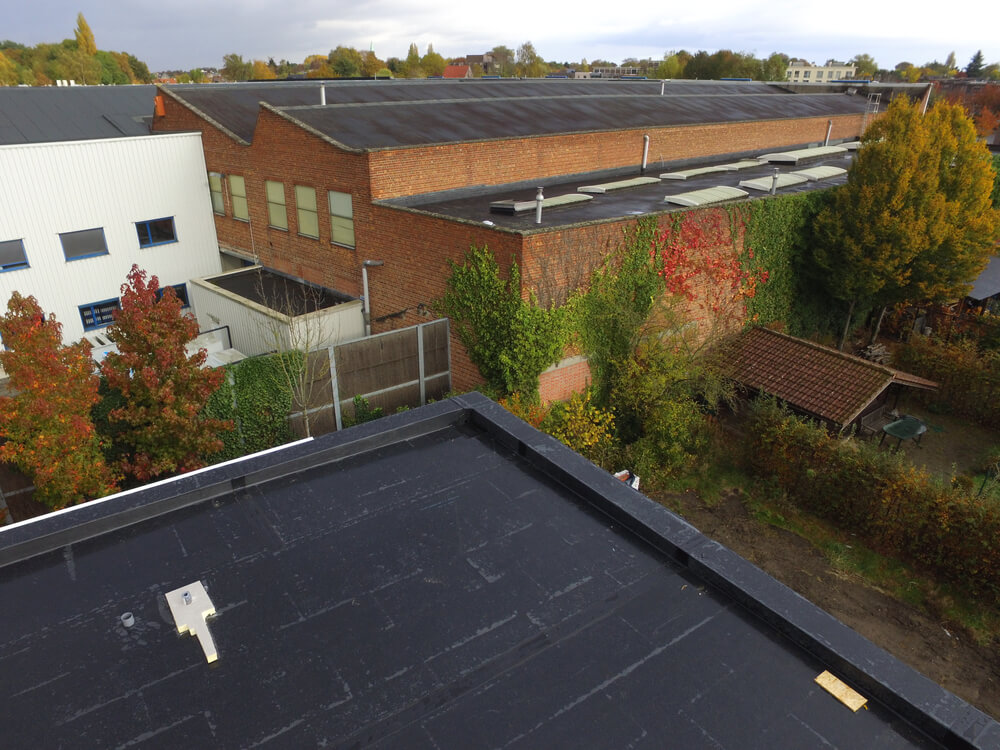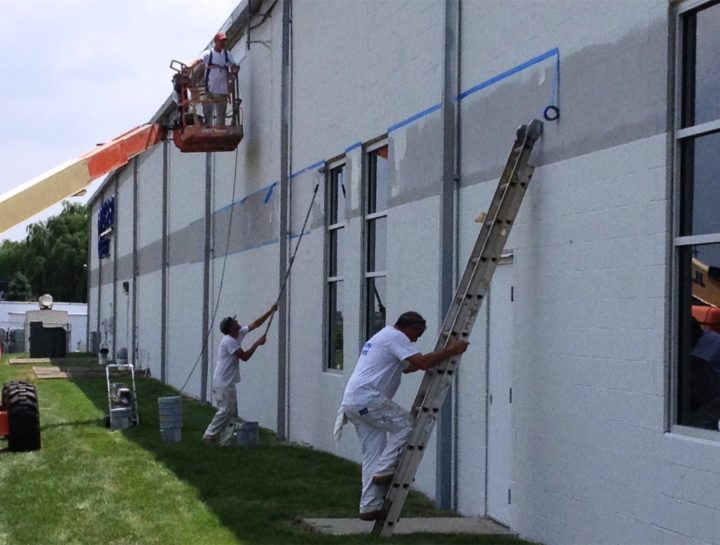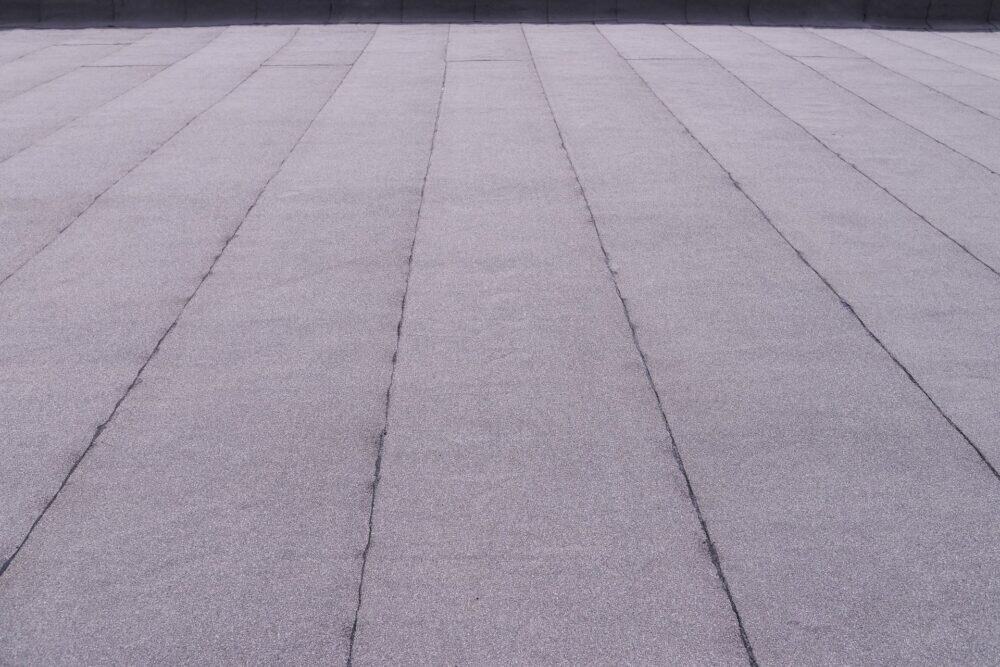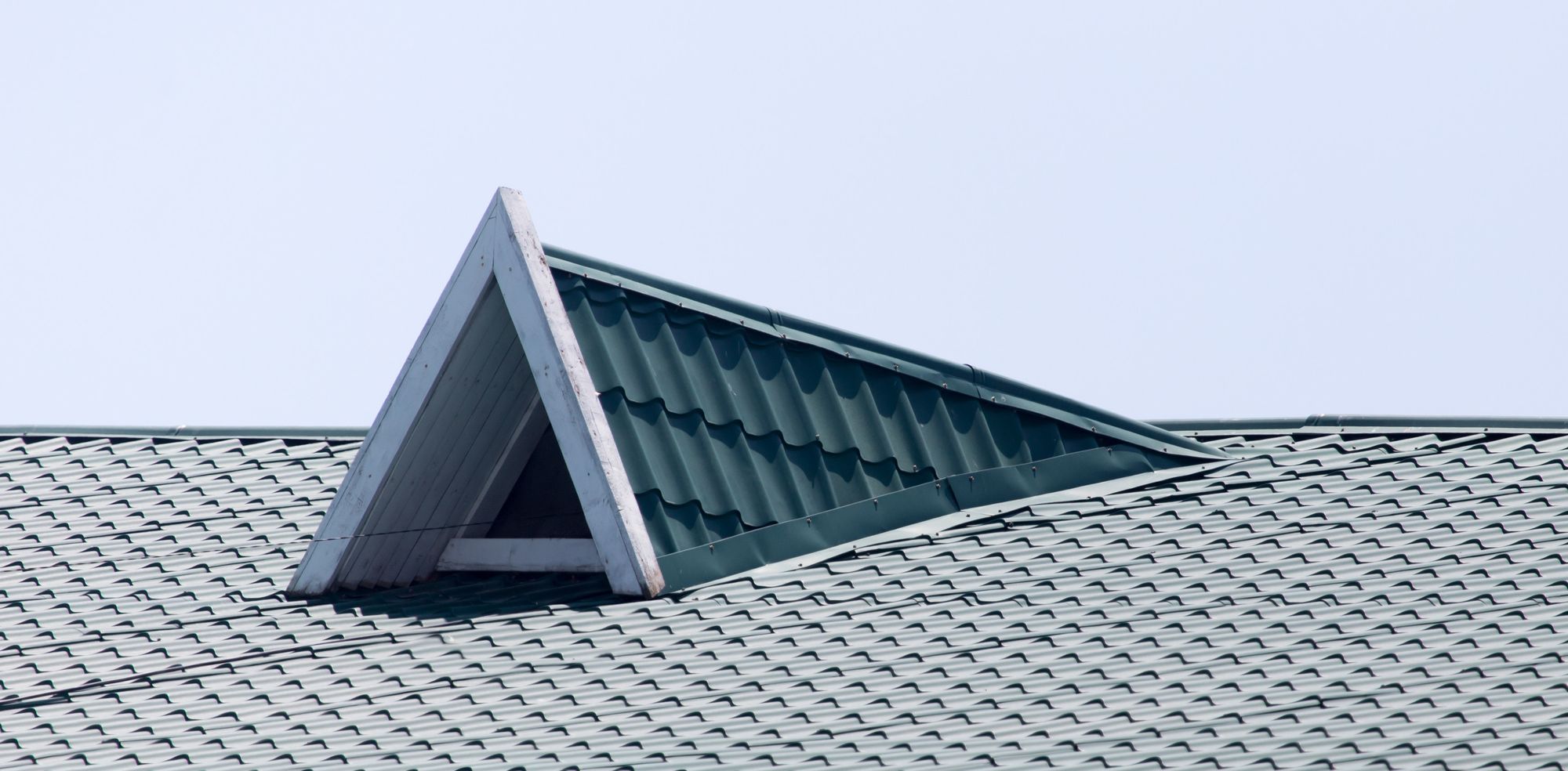What Is EPDM Roofing?
EPDM (Ethylene-Propylene-Diene Monomer) is a synthetic rubber membrane used on flat and low-slope roofs. It’s supplied in wide sheets, typically in black or white, and in multiple thickness options (commonly 45, 60, or 90 mil). The material is known for flexibility, UV resistance, and straightforward repairability.
Why Many Building Owners Choose EPDM
- Fewer seams on large roofs: Wide sheets can reduce seam count compared with some alternatives.
- Flexible in heat and cold: The membrane accommodates building movement without becoming brittle.
- Color options: Black EPDM is standard; white EPDM or coatings are used when higher reflectivity is desired.
- Straightforward upkeep: Routine inspections and simple patching methods make ongoing care manageable.
Installation Methods We Offer
We match the attachment method to roof size, structure, and site conditions after a roof assessment.
- Fully Adhered – Membrane bonded to the substrate for a smooth appearance; suited to complex layouts.
- Mechanically Attached – Fastened along seams, then seams sealed; efficient for large, open areas.
- Ballasted – Loose-laid membrane held by approved ballast or pavers; rapid installation where the structure allows added weight.
Overlay options may be possible after moisture scans and structural checks. When overlays aren’t appropriate, we plan a responsible tear-off.
Our Assessment & Installation Approach
- Roof Condition Review – Document deck condition, insulation moisture, drainage, and code/wind considerations.
- Scope & Options – Share attachment method, thickness, insulation strategy, edge details, and scheduling plan.
- Substrate Prep – Replace wet materials, improve drainage to drains/scuppers, and add cover boards where beneficial.
- Membrane & Flashings – Lay sheets to minimize seams and detail penetrations, curbs, and walls carefully.
- Quality Checks – Probe seams, verify terminations, and photo-document critical details for close-out.
Insulation, Cover Boards & Reflectivity
- Insulation: Polyiso is commonly used to achieve target R-values.
- Cover Boards: HD polyiso or gypsum boards can add puncture resistance and stable adhesion surfaces.
- Reflectivity: White EPDM or appropriate roof coatings are selected when higher reflectance is a priority.
Maintenance & Repair
A simple, consistent maintenance routine helps keep EPDM performing well:
- Seasonal inspections (and after major weather)
- Clear debris and ensure drains/scuppers are open
- Check seams, flashings, and terminations
- Address minor issues early—EPDM patches and detail touch-ups are typically straightforward
EPDM vs. Other Single-Ply Options (High-Level)
| Consideration | EPDM | TPO | PVC |
|---|---|---|---|
| Base Material | Synthetic rubber | Thermoplastic polyolefin | Polyvinyl chloride |
| Typical Color | Black or white | Mostly white | Mostly white |
| Seams | Tape/adhesive | Hot-air welded | Hot-air welded |
| General Notes | Flexible, simple repairs | Popular for reflectivity | Often selected near oils/grease sources |
We help compare systems based on climate, rooftop equipment, traffic, and reflectivity goals.
Budget Planning (What Commonly Drives Cost)
- Overlay vs. tear-off and how much wet material needs replacement
- Attachment method (ballasted, mechanically attached, fully adhered)
- Membrane thickness and sheet sizes
- Insulation type/R-value and use of cover boards
- Edge metal, building height, wind exposure
- Number of penetrations, curbs, and skylights
- Access, staging, and safety requirements
We present line-item scopes so choices and trade-offs are clear.
FAQs
Q: How long does EPDM last?
A: Service life varies with design, climate, foot traffic, and maintenance practices. We plan systems for durability and provide a maintenance schedule so owners know how to care for the roof.
Q: Will a black membrane affect interior temperatures?
A: Black absorbs more solar heat than white. Where cooling demand is a concern, we can discuss white EPDM or other reflectivity strategies.
Q: Can EPDM be installed over our current roof?
A: Sometimes. We perform moisture scans and structural checks first; if conditions are suitable, an overlay may be considered.
Q: What about rooftop solar?
A: EPDM can be coordinated with solar arrays. We work with your solar provider on protection layers and layout to support the roof system.
Ready for a Roof Review?
We can visit your site, document current conditions, and provide an EPDM proposal alongside any viable alternatives. You’ll get photos, a clear scope, and a maintenance plan so you know exactly what to expect.
Contact Aaron Blake Commercial Roofing
Let’s assess your roof and build a plan that fits your building, timeline, and budget.





